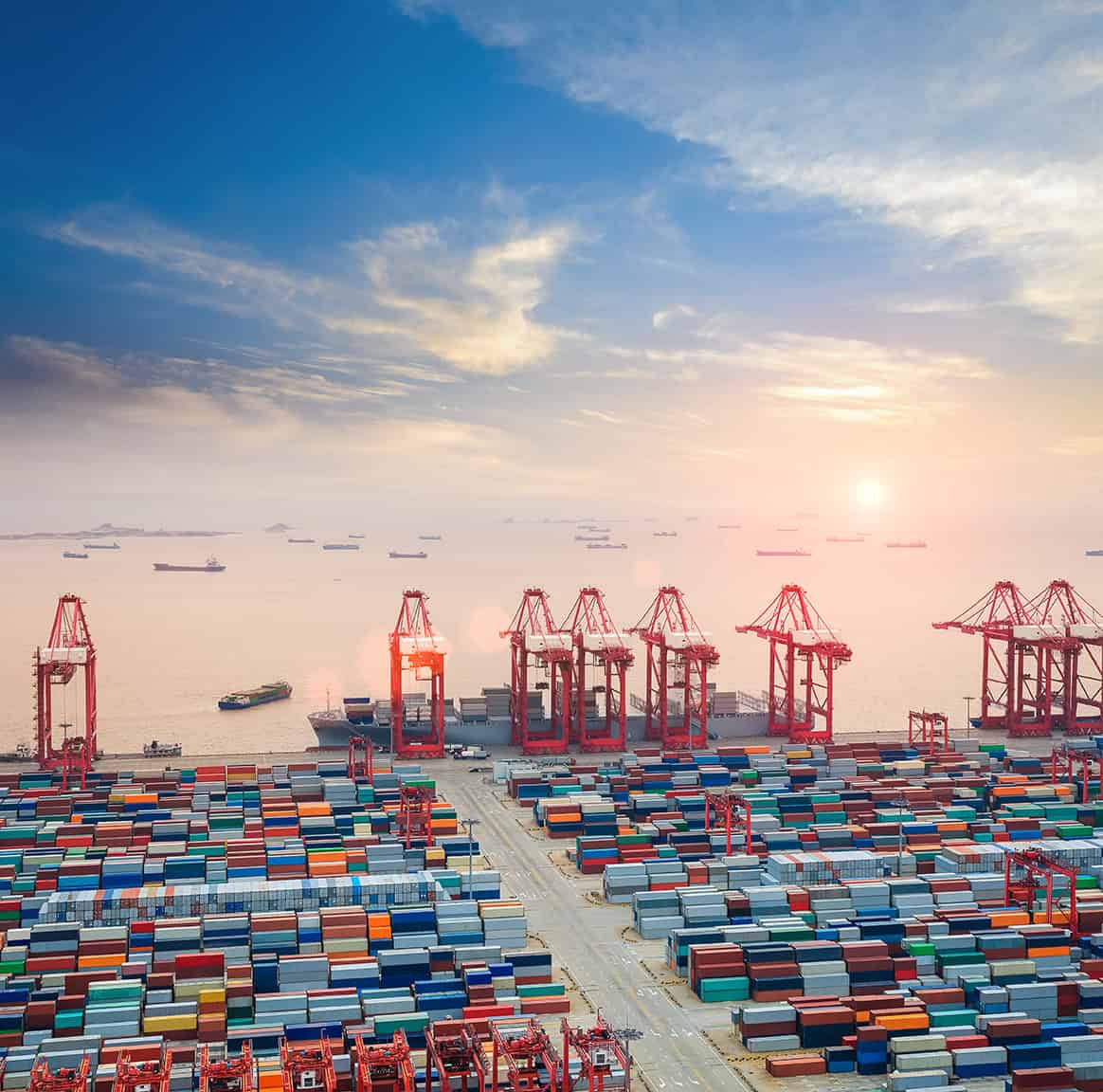
Global trade has become much more unstable in recent times. Reciprocal and derivative tariffs are rewriting the rulebook and presenting new challenges for global enterprises everywhere. For compliance officers, global sourcing strategists, and supply chain leaders, there’s more to it than just understanding regulations – you must know how to adapt sourcing strategies, ensure correct HTS codes, and build resilience against unfair trade practices as well. In short, you have to be nimble, flexible, and informed.
What follows is a detailed, actionable roadmap through the maze of reciprocal and derivative tariffs and their implications for global trade management. Along the way, you’ll find practical tips, scenarios, and steps you can take today to turn compliance challenges into opportunities.
Curious about how tariffs will impact your landed costs, and which FTAs you can use? Give our Import Cost Calculator a try!
Decoding the new tariff environment
With changes to the global trade landscape occurring almost daily, it’s important to get a good grasp on the concepts involved and how everything shifts when new regulations are introduced. So, let’s dive into the ins and outs of reciprocal and derivative tariffs, and harmonized tariff schedule (HTS) codes.
What are reciprocal tariffs?
Reciprocal tariffs are, in essence, a tit-for-tat response that aims to rebalance trade relationships. If Country A charges a high tariff on US goods, the US reciprocates with a similar duty on Country A’s products. Their calculation typically follows the trade deficit formula:
Reciprocal duty rate = (US Trade deficit with the country ÷ Country’s exports to the US) × 100
Suppose the US runs a $92 billion deficit with Vietnam, which exports $200B of goods to America. The resulting reciprocal tariff? A whopping 46%. Such a straightforward formula can feel more like a sledgehammer than a scalpel, but it’s the new normal for many import scenarios.
What are derivative tariffs?
Derivative tariffs extend to downstream products containing targeted materials (for example, steel or aluminum). A steel bolt, a dining table with steel legs, or automotive parts using Chinese steel might face Section 232 derivative tariffs, even if they’re assembled elsewhere. It aims to prevent the circumvention of the primary tariffs by taxing downstream products.
Derivative tariffs seek to level the playing field for domestic producers and applies the tariff to the known content value. If unknown or can’t be determined, the tariff is applied to the entire value of the product, making close collaboration with suppliers so important. Combined with secondary tariffs that penalize third parties trading with sanctioned regions, it can start to feel like you’re playing 3-dimensional chess with the rules changing mid-game.
HTS codes and their pivotal role
With these new measures, accurately identifying and applying the correct HTS codes for each layer of tariff is crucial. A single import transaction may require multiple HTS codes:
- The primary product code
- Additional codes for Section 301 (China-specific duties), Section 232 (steel/aluminum/derivative tariffs), Section 201 (safeguards), and even retaliation-based duties
Misclassifying could leave you vulnerable to overpayment, costly delays, or compliance headaches.
Why reciprocal and derivative tariffs matter
Tariffs have long been a part of the global trade toolkit, primarily as a means for governments to address what are perceived as unfair trade practices or balance trade deficits. However, 2025 ushered in a whole new era as the latest wave of reciprocal tariffs and derivative duties landed with historic reach and intensity. US policies triggered swift retaliatory measures from trading partners around the world, touching virtually every major industry.
For example, in April 2025, reciprocal tariffs jumped to 46% for Vietnam, 20% for the European Union, up to 125% for China, and 10% as a new baseline* across most imports. These numbers aren’t just statistics; they’re tied to real impacts on margin, sourcing, and compliance complexity for companies navigating the rough seas of global trade.
*Some of these figures may be out of date at the time of reading, as the tariff landscape is shifting quickly.
Hypothetical example of a derivative tariff
Suppose your company imports furniture into the US. The dining table is assembled in Mexico using Brazilian wood and Chinese steel legs:
- Customs will rule the country of origin as Mexico, but Section 232 derivative tariffs are triggered by the steel legs from China.
- US Customs expects to see both codes on the entry documentation:
- The base code for the table
- Derivative code for the steel, applying the 25% duty only to that portion
- To remain compliant the company would need to:
- Document the origin for all materials
- Show where the final transformation happens
- Provide a Bill of Materials (BOM), if requested
- Apply the USMCA rules, if applicable
This highlights the need for detailed material traceability.
A step-by-step approach to tariffs for trade compliance professionals
E2open has curated a quick guide to help businesses like yours ensure compliance and avoid any unnecessary risks or hiccups due to tariffs.
| Step | Action |
|---|---|
| Step 1: Identify impacted products and quantify impact |
|
| Step 2: Classify products accurately with all secondary HTS codes |
|
| Step 3: Optimize and mitigate tariff exposure |
|
| Step 4: Build robust internal processes |
|
Building a future-proof sourcing and compliance strategy
It pays to remember the old adage, “Don’t put all your eggs in one basket.” For global trade managers, a diversified, transparent supply chain and the ability to rapidly adapt products or sources are your lifeline in this high-stakes game.
What can you do right now?
- Evaluate your end-to-end sourcing chain. Who are your highest-risk suppliers? Where are your biggest exposure points according to the latest reciprocal tariffs?
- Invest in trade compliance technology. Platforms like e2open automate HTS assignment, monitor for tariff changes, and ensure your teams stay ahead of new regulatory pitfalls.
- Engage proactively with customs authorities. Clarify compliance uncertainties before they become compliance disasters.
A roadmap to resilience
Reciprocal and derivative tariffs aren’t going away. Staying compliant now requires more than just checking boxes; it’s an ongoing, cross-functional effort between sourcing, legal, finance, and compliance teams.
When it comes to global trade compliance, fortune favors the prepared. Will you be ready when the next trade wind shifts?
It’s time to transform uncertainty into strategy. Download our white paper, Navigating the New U.S. Import Tariff Landscape: A Comprehensive Guide for Trade Compliance Professionals, and arm yourself with the expert analysis, practical tools, and actionable steps you need to keep your company one step ahead in global trade.






